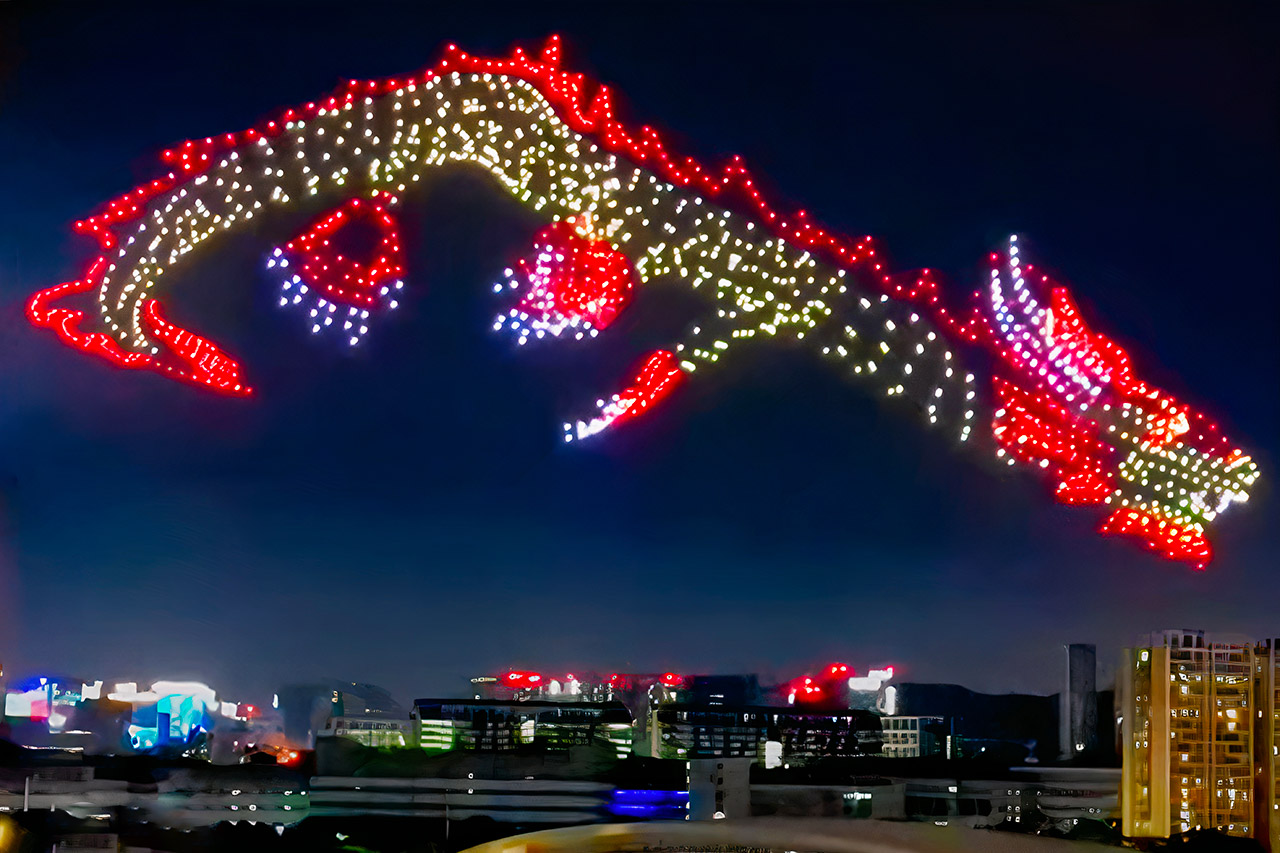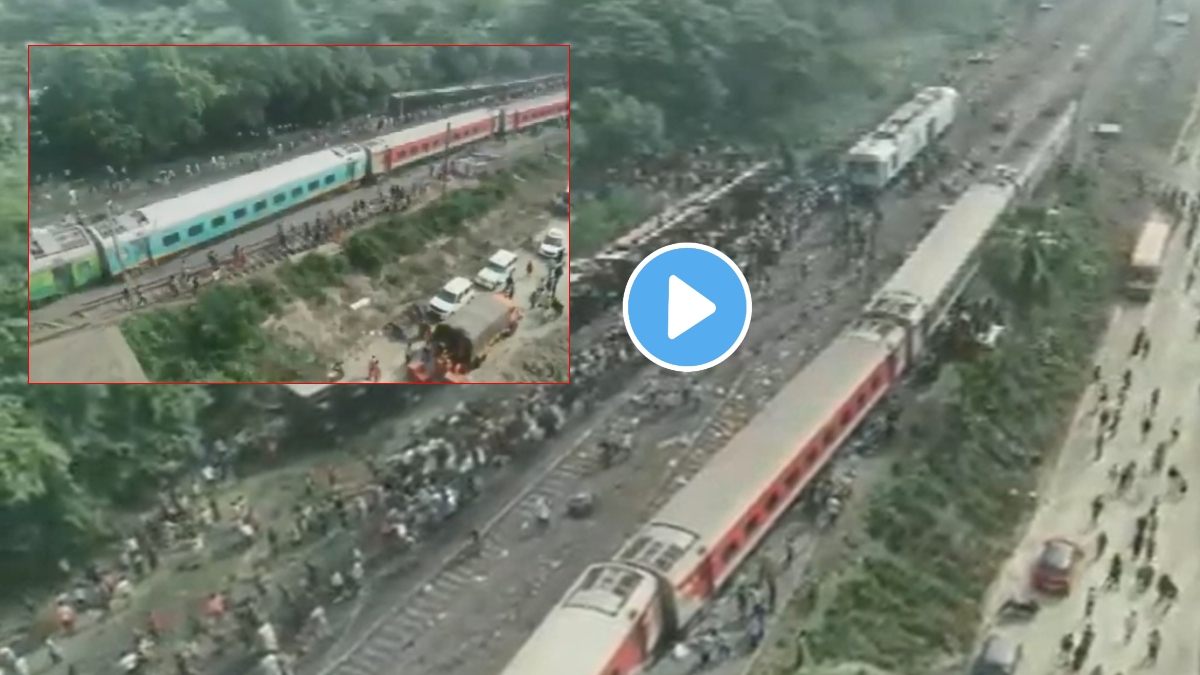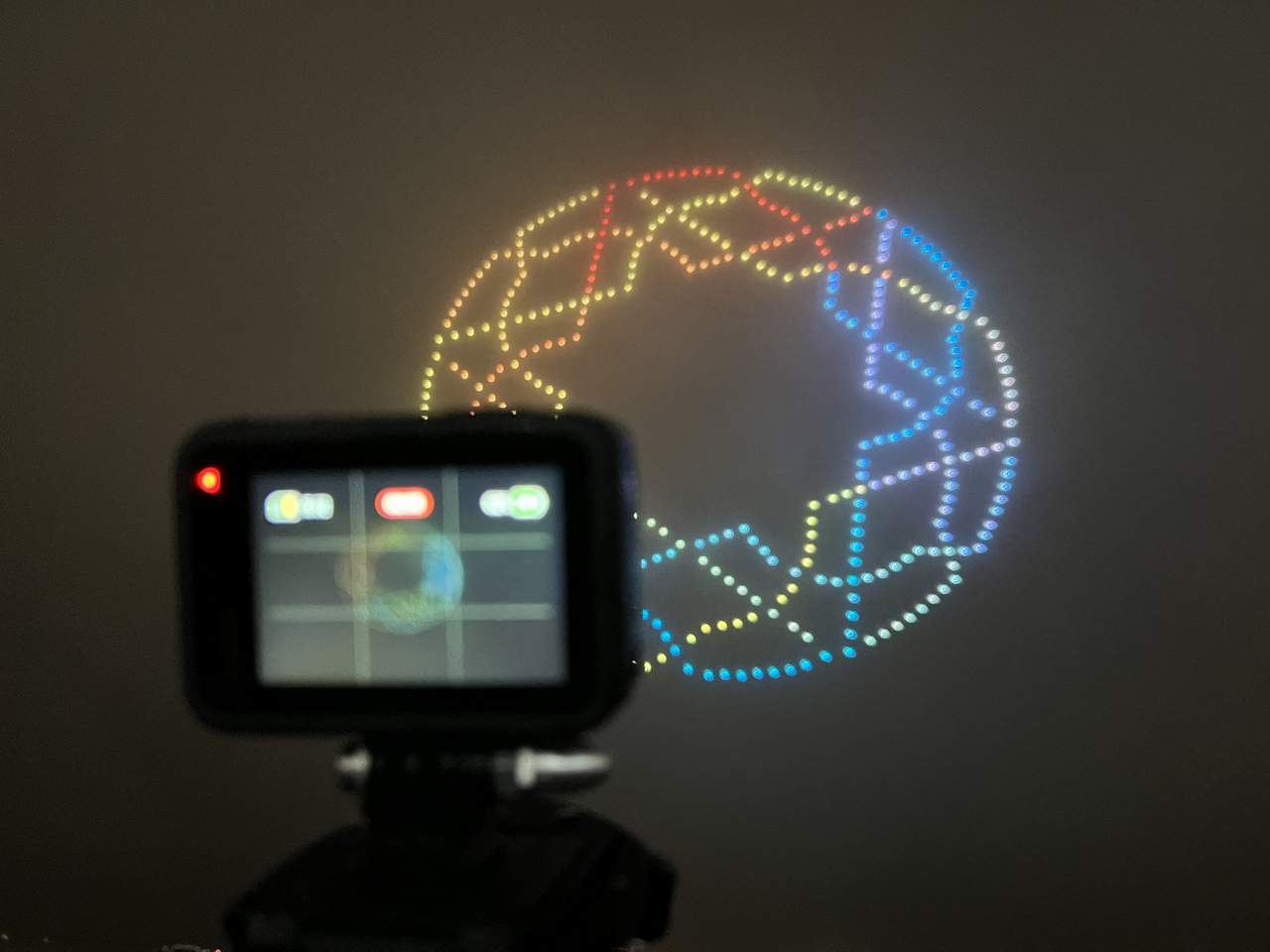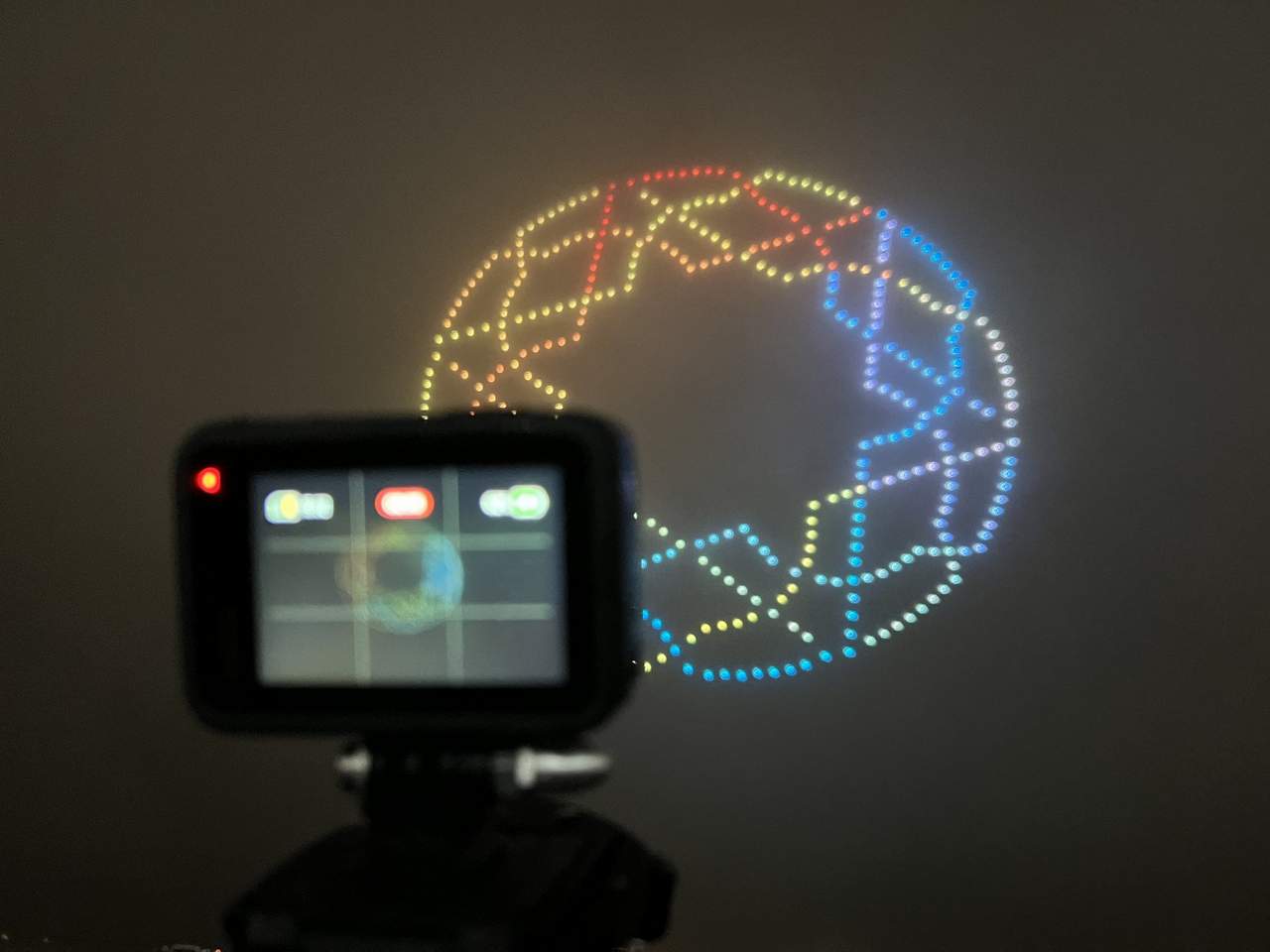Drone show accidents, while relatively rare, highlight the inherent risks in this increasingly popular form of entertainment. From minor malfunctions to catastrophic crashes, these incidents underscore the need for robust safety protocols, advanced technology, and highly trained personnel. This guide explores the various causes of drone show accidents, examines existing safety regulations, and offers insights into preventative measures and post-accident procedures.
We’ll delve into the specifics of different accident types, ranging from simple software glitches to devastating mid-air collisions. We’ll also discuss the crucial roles of pilot training, pre-flight checks, and effective communication in mitigating risks. Understanding the technological, environmental, and human factors involved is key to ensuring the safe and spectacular enjoyment of drone shows.
Drone Show Accident Analysis

Drone shows, while spectacular, carry inherent risks. Understanding the various types of accidents, contributing factors, and preventative measures is crucial for ensuring safe and successful operations. This analysis explores common causes of drone show accidents, safety regulations, technological vulnerabilities, human error, and post-accident procedures.
Types of Drone Show Accidents
Drone show accidents can range from minor malfunctions to catastrophic crashes. Understanding these variations is vital for developing effective safety protocols.
Common causes of drone malfunctions include software glitches, GPS signal loss or interference, mechanical failures (propeller damage, motor burnout), and battery issues. Accidents are categorized by severity: minor malfunctions (e.g., a single drone experiencing a temporary loss of control, quickly recovered); major crashes (one or more drones falling from the sky, potentially causing damage); and incidents resulting in injuries (to spectators or personnel).
Drone show accidents, while rare, highlight the potential risks of these increasingly popular displays. A recent incident that underscores this is the devastating drone crash paris , which involved a malfunction during a large-scale performance. Learning from such events is crucial for improving safety protocols and ensuring future drone shows are conducted responsibly and without incident.
Hypothetical Mid-Air Collision: Imagine a scenario where ten drones, programmed to form a complex pattern, experience a simultaneous GPS signal dropout due to interference from a nearby radio transmitter. The drones, losing their positional awareness, begin to drift. Drone 3 and Drone 7 collide mid-air, resulting in a cascade effect as other drones attempt to avoid the debris. The resulting chaotic movement leads to several more collisions and several drones crashing to the ground.
The contributing factors include GPS interference, insufficient redundancy in the flight control system, and a lack of robust collision avoidance mechanisms.
| Accident Type | Frequency (Estimated) | Potential Causes |
|---|---|---|
| Minor Malfunction | High | Software glitches, minor hardware issues, transient GPS interference |
| Major Crash | Medium | Severe GPS interference, major hardware failure, software crash, mid-air collision |
| Injuries | Low | Falling drones, uncontrolled drone behavior near spectators |
Safety Regulations and Protocols
International and regional regulations regarding drone operations vary. However, common threads exist, including pilot certification, pre-flight checks, and airspace restrictions. The specific protocols employed often depend on the scale and complexity of the show.
Pilot training and certification are paramount. Experienced and certified pilots are better equipped to handle unexpected situations and maintain control, significantly reducing accident risk. Different countries have different certification requirements, ranging from basic competency tests to advanced qualifications specific to drone shows.
Pre-flight Drone Inspection Checklist:
- Hardware: Propeller integrity, motor function, battery level and condition, GPS receiver functionality, camera operation, physical damage assessment.
- Software: Firmware updates, flight control software integrity, GPS accuracy, communication system check, pre-programmed flight path verification.
Technological Factors Contributing to Accidents

Technological malfunctions are a significant concern in drone shows. Software glitches can lead to erratic flight patterns, while GPS signal loss can result in uncontrolled drones. Environmental factors also play a crucial role.
Software Malfunction Flowchart (Example): A software bug in the flight control system causes an unexpected acceleration in one drone’s motors. This leads to a rapid increase in altitude, causing the drone to fly out of the pre-programmed formation. The other drones, still following their pre-programmed path, collide with the errant drone, causing a chain reaction.
Drone show accidents, unfortunately, happen. Sometimes it’s a simple technical glitch, other times it’s more serious. For example, check out this article detailing a major issue: orlando drone show malfunction , which highlights the importance of rigorous safety protocols. Understanding these incidents helps improve drone show safety and prevents future accidents.
Human Error in Drone Shows

Human error encompasses a range of factors, from pilot mistakes to communication failures and inadequate maintenance. Minimizing these errors requires rigorous training, clear communication protocols, and robust maintenance procedures.
Drone show accidents, sadly, aren’t uncommon. Factors like technical malfunctions or operator error can lead to a spectacular failure. A recent example highlighting these risks is a major incident, like the one described in this article about a drone crash in Paris , which underscores the need for rigorous safety protocols and thorough pre-flight checks for all drone shows to prevent similar occurrences and ensure public safety.
Proper planning and maintenance are crucial to avoiding such mishaps.
Examples of human error include improper pre-flight checks, inadequate pilot training, miscommunication between the pilot and ground crew, and failure to address known mechanical issues. Improved communication protocols, such as standardized checklists and clear communication channels, can greatly reduce these errors.
Preventative Measures to Reduce Human Error:
- Comprehensive pilot training and recurrent training.
- Rigorous pre-flight checklists and inspections.
- Clear communication protocols between pilots and ground crew.
- Regular maintenance and inspection of drones.
- Use of redundancy systems to mitigate single points of failure.
Post-Accident Procedures and Investigations
Thorough investigation is crucial after any drone show accident. This involves gathering evidence, analyzing data, and identifying contributing factors to prevent future incidents. Accident reporting is essential for data analysis and improving safety standards.
| Field | Information |
|---|---|
| Date | [Date of Incident] |
| Time | [Time of Incident] |
| Location | [Specific Location of Incident] |
| Description of Incident | [Detailed Account of the Event] |
| Contributing Factors | [List of Potential Causes] |
Closure
Ultimately, preventing drone show accidents requires a multifaceted approach. Stringent safety regulations, advanced technological safeguards, rigorous pilot training, and meticulous pre-flight checks are all essential components. By learning from past incidents and continually improving safety protocols, we can strive towards a future where the breathtaking spectacle of drone shows is enjoyed without the fear of unforeseen mishaps. The ongoing commitment to safety and technological advancement will determine the future of this exciting field.
Popular Questions
What is the most common cause of drone show accidents?
While various factors contribute, human error, including pilot mistakes and inadequate pre-flight checks, often plays a significant role.
What happens after a drone show accident?
Investigations typically involve gathering evidence, analyzing data, and determining the root cause. Accident reports are filed, and safety protocols may be revised based on the findings.
Are there international standards for drone show safety?
While there isn’t a single, universally enforced standard, many countries and regions have their own regulations and guidelines for drone operations, particularly concerning public displays.
How can spectators stay safe during a drone show?
Spectators should follow any instructions given by show organizers and maintain a safe distance from the designated flight area.
